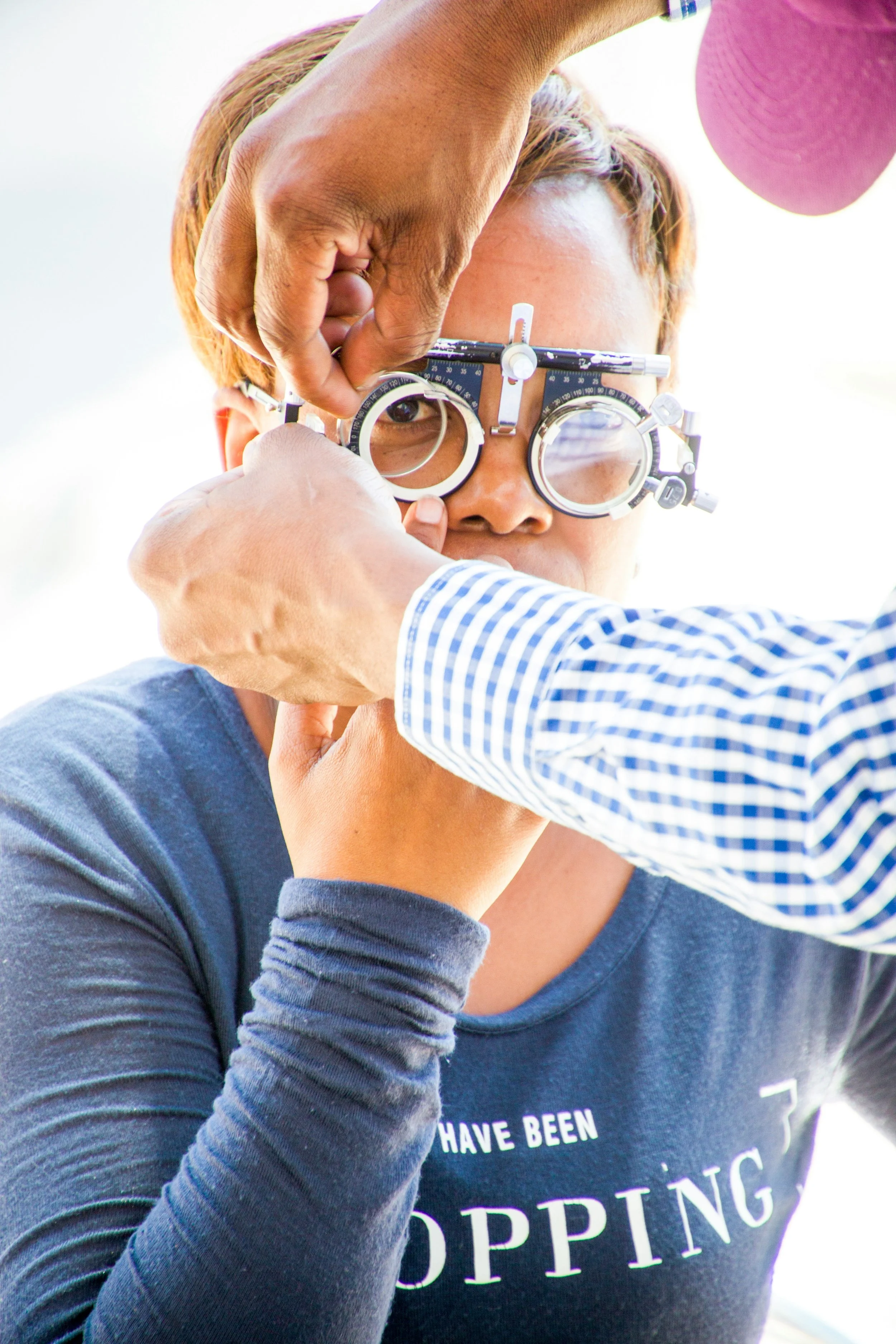Bridging the Vision Gap: Improving Access to Eyewear for the Underprivileged
Introduction
Clear vision is a basic human right, yet millions of people around the world lack access to proper eyewear. The inability to see clearly not only affects one's quality of life but also hinders opportunities for education, employment, and overall well-being. As an eyewear retailer, we have a unique opportunity and responsibility to make a difference. In this blog, we'll explore the importance of improving access to eyewear for the poorest communities and discuss practical ways that we, as retailers, can help bridge the vision gap.
The Importance of Accessible Eyewear
For many individuals living in poverty, obtaining a simple pair of glasses can be a daunting challenge. Without proper vision correction, tasks that most of us take for granted – such as reading, studying, or working – become incredibly difficult, if not impossible. This perpetuates a cycle of poverty and inequality, as individuals struggle to reach their full potential due to a lack of access to essential eyewear.
Addressing this issue goes beyond providing basic vision correction; it's about empowering individuals to lead healthier, more productive lives. Accessible eyewear can significantly improve educational outcomes, enhance economic opportunities, and promote overall well-being, ultimately breaking the cycle of poverty and creating a more equitable society.
Ways to Improve Access to Eyewear
As eyewear retailers, we have a responsibility to contribute to the solution. Here are some practical ways that we can help improve access to eyewear for the poorest communities:
1. Partnerships with NGOs and Charities:
Collaborate with non-profit organisations and charities that specialise in providing eye-care services to underserved communities. By donating eyewear or offering discounted services, we can reach those in need more effectively.
2. Mobile Clinics and Outreach Programs:
Organise mobile eye-care clinics or outreach programs to bring vision services directly to remote or disadvantaged areas. This can include providing eye exams, distributing free or low-cost glasses, and educating communities about the importance of eye-care.
3. Affordable Eyewear Options:
Offer a range of affordable eyewear options specifically designed for low-income individuals. This can include budget-friendly frames and lenses that meet basic vision correction needs without sacrificing quality.
4. Community Engagement and Education:
Raise awareness about the importance of eye-care and regular vision screenings through community engagement initiatives and educational workshops. Empowering individuals with knowledge about eye-care can encourage proactive behaviour and early intervention.
5. Sustainability and Long-Term Impact:
Focus on creating sustainable solutions that have a lasting impact on the communities we serve. This may involve training local eye-care professionals, investing in infrastructure, and supporting initiatives that promote self-sufficiency and empowerment.
Conclusion
Improving access to eyewear for the poorest people is not just a moral imperative – it's a tangible way to make a positive difference in the world. As eyewear retailers, we have a unique opportunity to leverage our resources, expertise, and influence to address this pressing issue. By partnering with organisations, implementing outreach programs, offering affordable options, and promoting education, we can help bridge the vision gap and create a brighter future for all.


